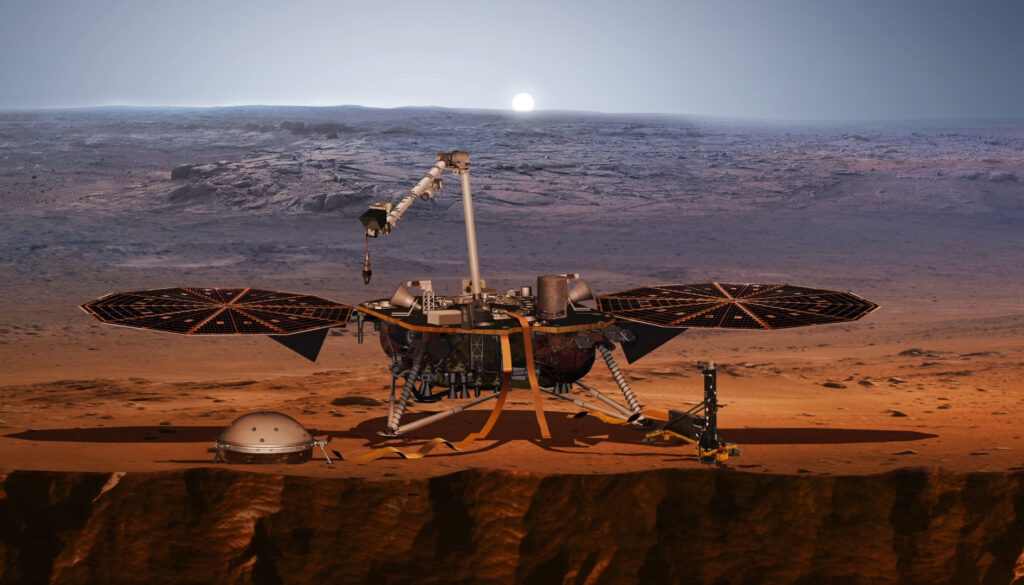In a groundbreaking discovery that could reshape our understanding of the Red Planet, scientists have found evidence suggesting that Mars harbors vast oceans of water beneath its surface. However, the good news comes with a sobering reality: accessing these deep reserves of water may be a challenge beyond current technological capabilities.
The Discovery: Water Beneath the Martian Surface
Recent data from NASA’s Mars Reconnaissance Orbiter (MRO) and other space missions reveal that Mars isn’t as dry as previously thought. Using advanced radar technology, researchers have detected signs of extensive water ice and liquid water trapped beneath the Martian crust. This hidden reservoir could potentially hold more water than the combined volume of Earth’s polar ice caps.

Visualization of Mars’ subsurface water reservoirs
Scientists believe that these water reserves are located deep beneath the Martian surface, shielded from the harsh conditions and radiation that dominate the planet’s surface. The data collected points to the possibility of these waters being located in a series of aquifers, similar to those found on Earth.
The Depth Dilemma: Too Deep to Tap
While the discovery is thrilling, there’s a significant caveat: the depth at which this water is located poses formidable challenges. Current drilling technologies are designed for much shallower depths than those required to access Martian subsurface water. The depth and pressure conditions on Mars are far beyond those encountered in terrestrial drilling operations.
NASA’s Mars exploration missions have provided invaluable insights into the planet’s geology and atmosphere, but drilling technology hasn’t advanced to the point where we could feasibly reach these subterranean water sources. This means that while the potential for Martian water resources is high, tapping into them remains a distant goal.
The Implications: What Does This Mean for Mars Exploration?
The discovery of subsurface water on Mars holds exciting possibilities for future exploration and colonization. It could also serve as a resource for generating fuel and supporting agricultural activities.
However, before we can dream of Martian water fountains, we need significant advancements in drilling technology and more in-depth studies of Mars’ subsurface conditions. Scientists and engineers will need to collaborate to develop new methods for reaching these water reserves and assessing their potential uses.
Further Reading and Resources
For those interested in learning more about this discovery and its implications, check out the following resources:
- NASA’s Mars Reconnaissance Orbiter Mission: Detailed information on the mission and its findings.
- Mars Exploration Rover Mission Details: Additional context on Mars exploration and discoveries.
As we continue to explore Mars and uncover its mysteries, each discovery brings us one step closer to understanding this enigmatic planet and preparing for future human exploration.
Stay tuned for more updates on Mars exploration and other space discoveries as we push the boundaries of human knowledge and technology.





